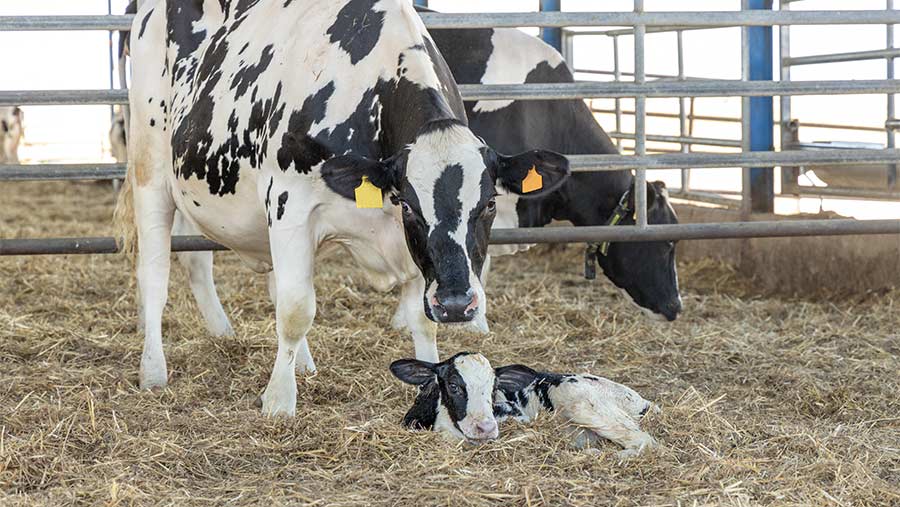Consumers’ views could influence end of cow-calf separation
 © Clint Austin/Adobe Stock
© Clint Austin/Adobe Stock Cow-calf separation is “contentious” and a growing concern for consumers around the world.
And while they do not understand what dairy farmers do, they will step in and regulate because they want to know that an animal has a “reasonably good life”.
This message came from Prof Nina Von Keyserlingk of the University of British Columbia, Canada.
She said there is no consistent evidence in support of early separation, and if this issue is not addressed, it “will erode the public’s trust in dairy farming”.
See also: Video: Study shows calves have personalities
She pointed out that legislation has already happened in the EU and, next year, Canada’s new code of practice will stipulate that dairy farmers must feed 20% of bodyweight of milk.
“Social housing requirement is coming,” she added.
Some of the other issues globally are:
- Calving induction
- Disbudding
- Feeding more milk to calves
- Social housing
- Healthy calf euthanasia
- Bobby calves (under 30 days).
Nina said most people hold values about how food is produced, without having any direct involvement in it.
“They are uninformed, but vitally important to make the economic wheel turn. We need to keep them onside,” she said.
Keeping customers onside
“The three big questions about cow-calf rearing are the effects on health, production and behaviour.
“The scientific evidence to support early separation is weak, and stronger for cow-calf contact. These details inform your decisions about calf management.
“You lose the customer if you simply say that they don’t understand your business,” said Nina.
A survey of 1,800 people asked for their views on cow-calf separation and what they thought about killing calves.
Nina said the results showed the public were more positive about killing older calves (12 months) and were very uncomfortable about killing a “baby” (two weeks old).
“Only 15% of people said calves should never be slaughtered. It is OK for calves to go in the meat chain – they need to have a “purpose”.
Cow-calf contact
The survey also found no difference in the public’s view of separated and bottle-fed calves, paired calves or those reared by foster cows.
The most acceptable method was to stay with the dam. “They think it is not acceptable to separate, nor isolate, a baby. They deserve an acceptable life,” said Nina.
“The average person in the street expects the dairy industry to keep improving, not upend its whole system.
“Globally, conversations criticising early separation are increasing, and we need to find ways to prolong cow-calf contact.
“Farmers need to engage with the public on this. We need to let science unfold and tell us what the possibilities are.”
Prof Nina Von Keyserlingk was speaking at the recent Trouw Nutrition Calf Symposium, Nottingham.
